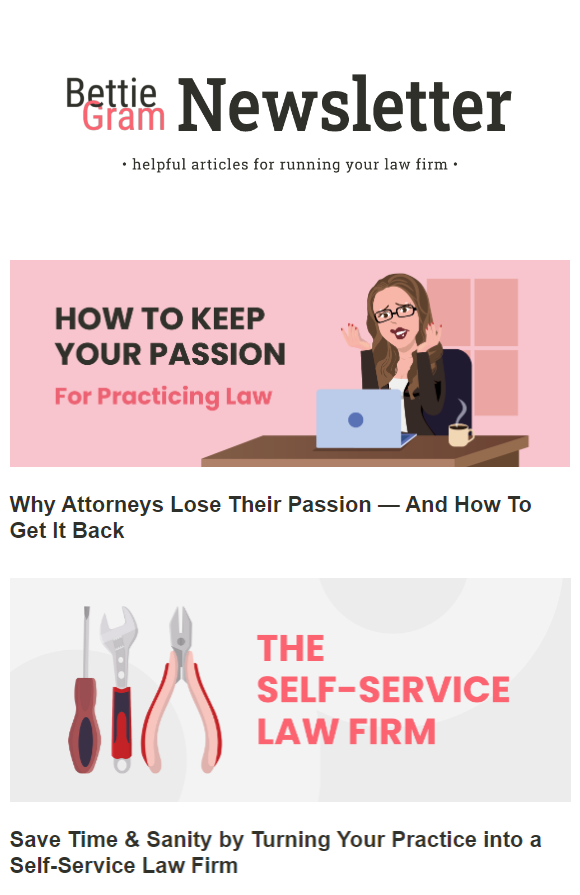How to Create Content That Drives Business to Your Law Firm
Back Office Betties CEO, Emily LaRusch, recently spoke with John Hinson to take a look at content creation from a whole new perspective. John Hinson is an Administrative Director and Marketing Manager at Spotlight Branding, a content marketing company that helps law firms stand out with results-driven marketing.
John shared valuable information on the shortcomings of SEO-focused marketing and how creating quality content is what drives business to your law firm.
SEO-Focused Marketing Fails to Produce Results
Does this sound familiar? Many law firms hire marketing companies that focus heavily on SEO. These companies often promise high returns and guarantee that you’ll see yourself on the 1st page of Google, but continuously fall short. Leaving firms to move on to the next company with the same promises and tactics, hoping for a different outcome.
After search engines became prominent over the last decade, marketing companies seemingly shifted their focus over to SEO. But SEO keywords simply aren’t the only thing that matters.
Quality Content Sets Your Firm Apart
Content is the 1st way that potential clients engage with your law firm. When searching for an attorney online, the content that’s on your website and social media is THE factor that will set you apart from other law firms.
Content is also the best way to keep potential clients who aren’t ready to buy in your funnel and bring them closer to making a hiring decision. Consider having your receptionist direct callers to content on your website or to a lead magnet that they can download.
Your Client Is the Hero of Their Own Story
Many attorneys will focus on how great of an attorney they are and boast their case results and personal achievements. While potential clients want to know who their attorney is and the qualifications that set them apart, they need to be the hero of their own story.
Self-promotion has value, but can turn potential clients away if it’s all that you’re offering. Recognize your client as the hero and yourself as their guide.
You Can’t Market to Your Ideal Client if You Don’t Know Who They Are
If everyone is your audience, then everyone is your competition. Minimize the number of case types you accept and take the time to identify your ideal client.
Paint the picture and tell their story: Identify with your hero (potential client) and walk them through how they are going to get from point A to point B. Help them to get over the fears that they’re coming to you with.
SEO Terms Appear Naturally in Quality Content
It’s obvious when content is written for the sole purpose of SEO. You’ll find the same terms repeated over and over and it won’t sound natural. Even someone who knows nothing about SEO or marketing will be put off by the uncomfortable way it reads.
But SEO keywords will be present naturally in quality content that’s related to what your clients are searching for.
That means creating good content is as simple as answering the questions your potential clients have, identifying with their emotional state, and recognizing their concerns. You already know the information your potential clients are looking for from past conversations. Think about their most common concerns and fears.
Quality, evergreen content highlights you as the expert and clear choice.
Want to learn more about creating content that drives business to your law firm?
Listen to the full interview with John Hinson on the Solo de Facto podcast here.



